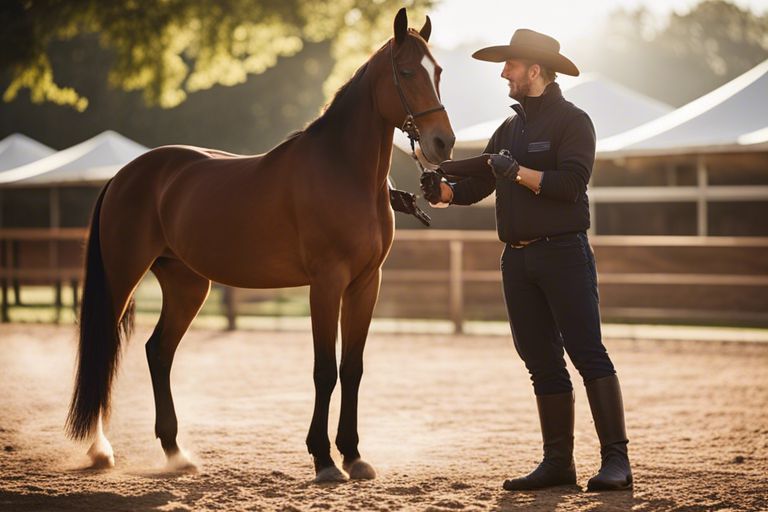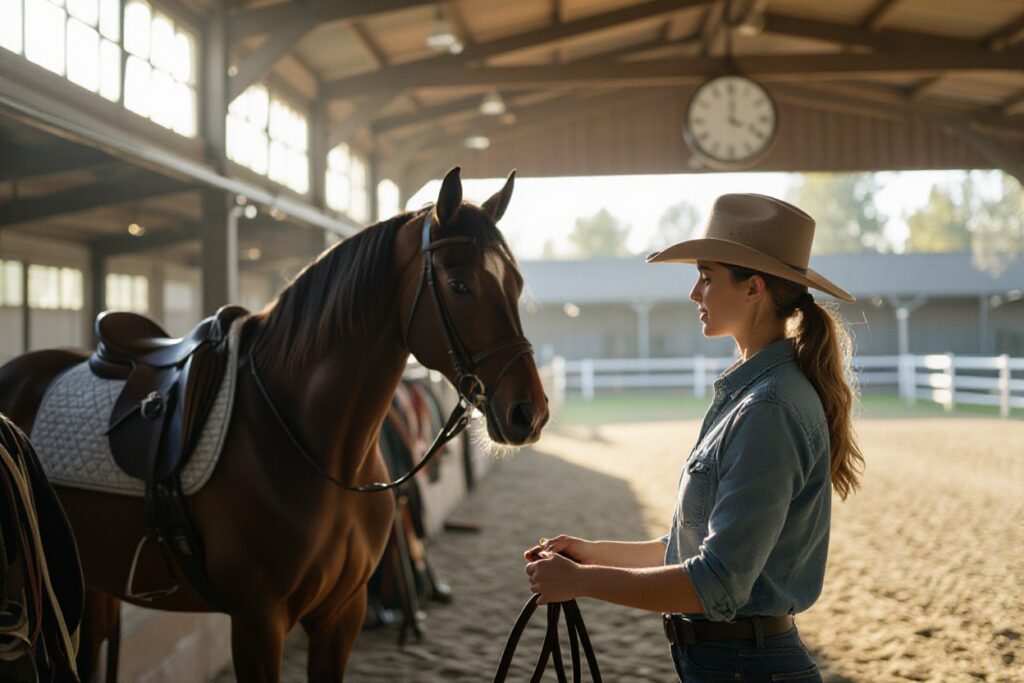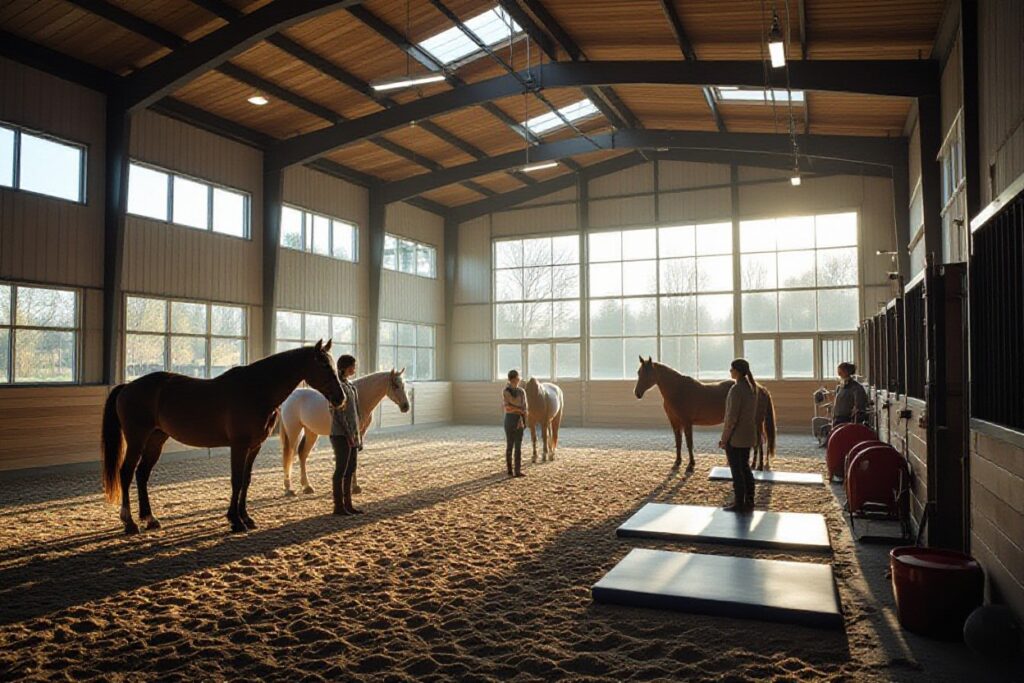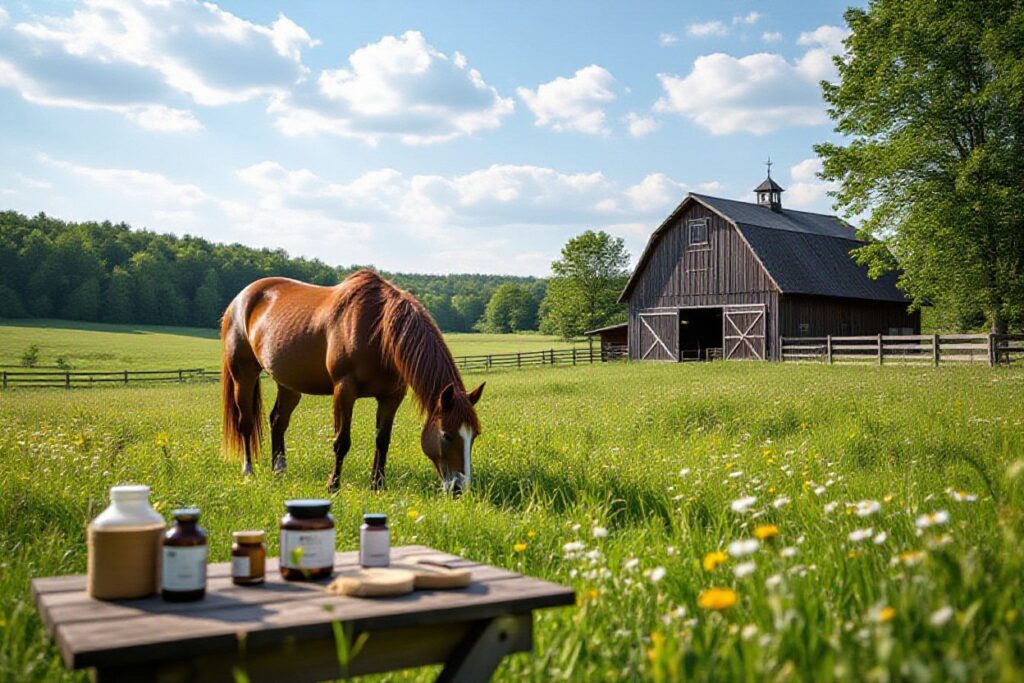Horse training is a delicate art that requires a deep understanding of equine behavior and psychology in order to establish trust and cooperation between horse and rider. From natural horsemanship to classical dressage, there are various techniques and methods available for trainers to utilize when working with horses. Each approach has its own set of principles and goals, ultimately aiming to develop a well-rounded, disciplined, and responsive equine partner. In this informative blog post, we will examine into the world of horse training, exploring different techniques and methods used to educate and develop these magnificent animals.
Fundamentals of Horse Psychology
Understanding Horse Behavior
Your journey into understanding horse training begins with grasping the basics of horse behavior. Horses are prey animals with strong flight instincts, and they rely on their herd dynamics to communicate and feel safe. By understanding how horses think and react to their environment, you can tailor your training techniques to work harmoniously with their natural instincts.
Building a Connection with Horses
Any successful horse training involves establishing a strong connection with your equine partner. Building trust and respect is key to developing a bond that will enable effective communication and cooperation. By mastering groundwork exercises, spending quality time together, and paying attention to your horse’s body language, you can forge a deep connection based on mutual understanding.
This connection goes beyond mere obedience; it is about creating a partnership built on trust and mutual respect. Taking the time to listen to your horse, being consistent in your training methods, and recognizing their individual personality and preferences are all necessary steps in building a strong bond that will enhance your training journey.
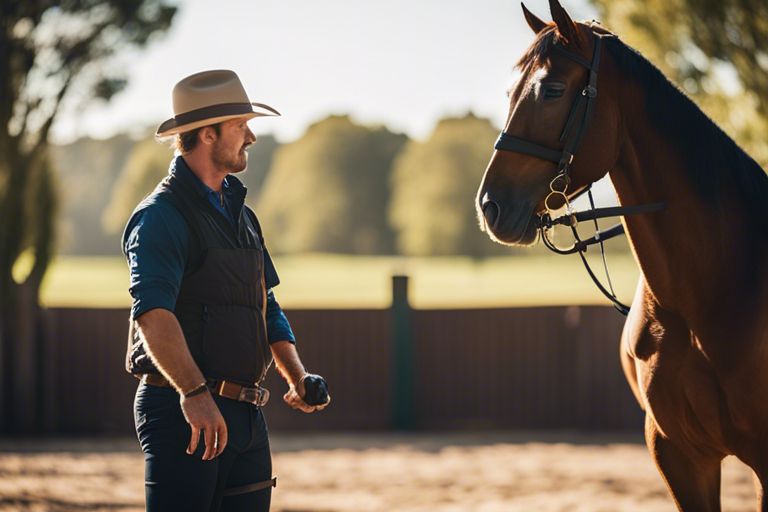
Classical vs. Modern Training Techniques
Overview of Classical Training Methods
If you examine into the history of horse training, you will come across classical training methods that have been practiced for centuries. Classical techniques focus on developing a strong foundation of communication and trust between the horse and the rider. These methods emphasize the importance of patience, consistency, and proper body alignment to achieve harmony between horse and rider.
Insights into Modern Training Approaches
The evolution of horse training has given rise to modern approaches that incorporate scientific principles and advancements in animal behavior. Modern training techniques often focus on positive reinforcement, clear communication, and understanding the psychology of the horse. Trainers are now more inclined towards methods that prioritize the horse’s physical and mental well-being while achieving training goals.
For instance, modern trainers may use techniques such as clicker training, where a sound signal is paired with a reward to reinforce desired behaviors. This method has been found to be highly effective in shaping the horse’s behavior positively and creating a cooperative and willing partner in training sessions.
Training Methods for Specific Disciplines
Dressage Training Techniques
For effective Dressage training techniques, riders must focus on establishing clear communication with their horse through precise aids and cues. The emphasis is on achieving harmony between horse and rider, with a focus on control, flexibility, and balance. Riders often use exercises such as circles, lateral movements, and transitions to develop the horse’s suppleness and obedience.
Show Jumping and Eventing Training Methods
Jumping techniques in show jumping and eventing demand precision and athleticism from both horse and rider. Training methods focus on building the horse’s strength, agility, and confidence to navigate obstacles effectively. This includes grid work, gymnastic exercises, and course simulation to improve the horse’s jumping style and timing. Riders must also work on their position, balance, and decision-making skills to enhance performance during competitions.
Specific training methods for show jumping and eventing involve a combination of flatwork, pole work, and jump exercises tailored to the demands of each discipline. Consistent practice, along with proper conditioning and education, are necessary for success in these high-energy and skill-intensive disciplines.
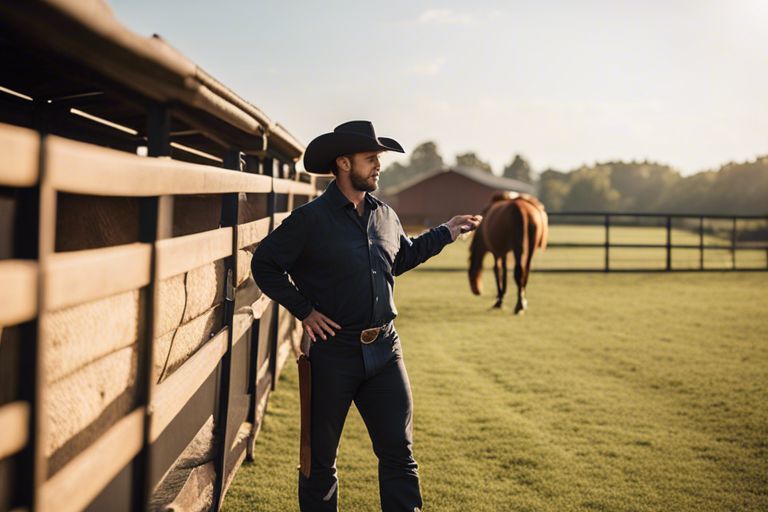
Training Tools and Equipment
Traditional Tools in Horse Training
Many traditional tools have been used in horse training for centuries, with techniques passed down through generations. Tools such as lunge lines, whips, and cavessons are commonly used in classical training methods to establish clear communication and boundaries with the horse. These tools provide a foundation for developing a respectful and obedient partnership between horse and rider.
Innovative Tools and Their Applications
On the other hand, the modern era has seen the development of innovative tools that revolutionize horse training. Technology has brought tools such as pressure sensors, heart rate monitors, and interactive training apps to the forefront of equine training. These tools can provide real-time feedback on the horse’s physiological responses and performance, allowing trainers to tailor their methods for optimal results.
Training tools equipped with GPS tracking can monitor the horse’s movements and stride patterns, aiding in developing better training regimes for performance enhancement. Virtual reality simulators can also be used to expose horses to different environments and scenarios, improving their adaptability and responsiveness in the real world.
Addressing Common Training Challenges
Dealing with Behavioral Issues
With any training program, it is important to address behavioral issues that may arise with your horse. These can include aggression, fear, or stubbornness. Consistency, patience, and positive reinforcement are key in overcoming these challenges. Understanding your horse’s behavior and working with a qualified trainer can help address and correct these issues effectively.
Overcoming Physical Training Limits
With physical training limits, it’s important to recognize when your horse may be reaching an endurance or strength barrier. Overtraining can lead to injuries and setbacks in your training program. By gradually increasing intensity and duration of workouts, incorporating rest days, and providing proper nutrition, you can help your horse overcome these physical limits and progress in their training effectively.
Another crucial aspect of overcoming physical training limits is to ensure your horse is in peak condition before pushing them beyond their current abilities. Regular veterinary check-ups, proper warm-ups and cool-downs, as well as adequate recovery time between training sessions, are all important in preventing injuries and maximizing performance.
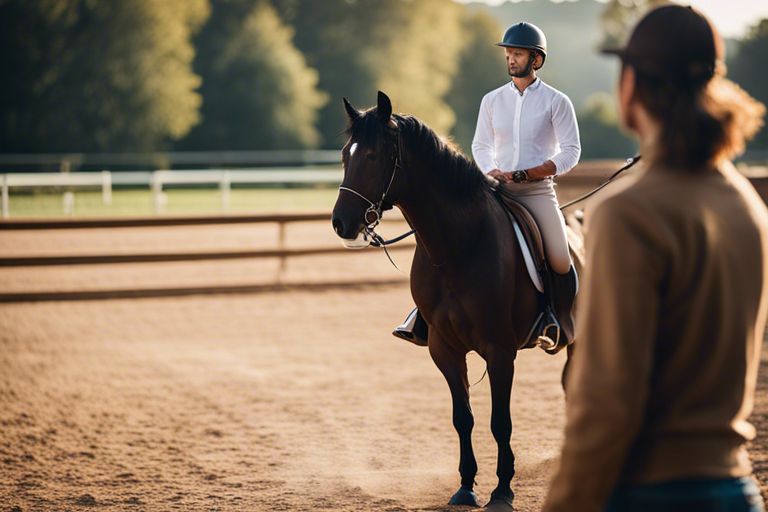
Ethical Considerations in Horse Training
Animal Welfare in Training Practices
All horse training should prioritize the well-being and welfare of the horse above all else. Any training method that causes unnecessary pain, fear, or stress to the animal should be avoided. It is crucial for trainers to understand and respect the physical and emotional limits of the horse, ensuring that training practices are designed to enhance the horse’s quality of life.
Promoting Sustainable and Humane Training Methods
Training methods that promote sustainability and humane treatment of horses are important in the equine industry. Using positive reinforcement techniques, such as reward-based training, can encourage desired behaviors in a way that is both effective and respectful towards the horse. It is important for trainers to constantly evaluate their methods and make adjustments to ensure they are in line with ethical standards.
Summing up
As a reminder, understanding horse training techniques and methods is crucial for building a strong relationship with your horse and ensuring their well-being. By familiarizing yourself with various training approaches, such as natural horsemanship, positive reinforcement, and classical methods, you can tailor your training program to suit your horse’s individual needs and abilities. Remember that patience, consistency, and clear communication are key elements to successful horse training. Ultimately, by taking the time to understand different techniques and methods, you can develop a harmonious partnership with your horse built on trust, respect, and mutual understanding.
FAQ
Q: What are some common horse training techniques?
A: Some common horse training techniques include natural horsemanship, classical dressage, clicker training, and negative reinforcement.
Q: How do trainers establish trust with their horses?
A: Trainers can establish trust with their horses through consistent and clear communication, positive reinforcement, and spending time building a relationship based on mutual respect.
Q: What is the importance of consistency in horse training?
A: Consistency is crucial in horse training as it helps the horse understand what is expected of them and builds trust in their handler. Inconsistencies can lead to confusion and behavioral issues.
Q: How can positive reinforcement be used effectively in horse training?
A: Positive reinforcement, such as treats or praise, can be used effectively in horse training by rewarding desired behaviors, making learning enjoyable for the horse, and strengthening the bond between horse and trainer.
Q: What should trainers consider when choosing a training method for their horse?
A: When choosing a training method for their horse, trainers should consider the horse’s temperament, learning style, and individual needs, as well as their own experience level and training goals.
